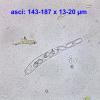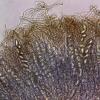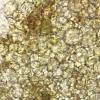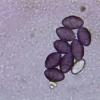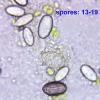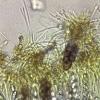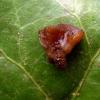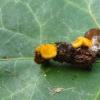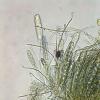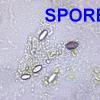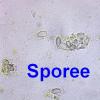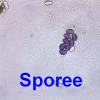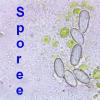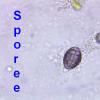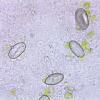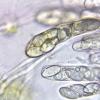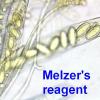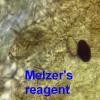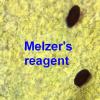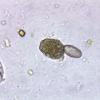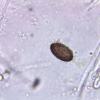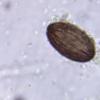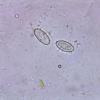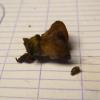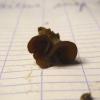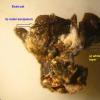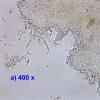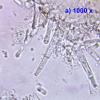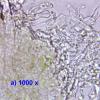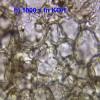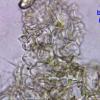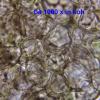
15-12-2025 15:48
 Danny Newman
Danny Newman
Melanospora cf. lagenaria on old, rotting, fallen

15-12-2025 15:54
 Johan Boonefaes
Johan Boonefaes
Unknown anamorph found on the ground in coastal sa

15-12-2025 21:11
 Hardware Tony
Hardware Tony
Small clavate hairs, negative croziers and IKI bb

15-12-2025 07:09
 Danny Newman
Danny Newman
indet. Rutstroemiaceae sp. on unk. fallen leavesMc

15-12-2025 07:05
 Danny Newman
Danny Newman
Pseudosclerococcum golindoi (det: Zotto)near Cosb

15-12-2025 11:49
 Danny Newman
Danny Newman
ITS sequences from the following two collections B

15-12-2025 12:34
 Danny Newman
Danny Newman
indet. Rhytismataceae on oak leafnear Purchase Roa

09-12-2025 12:06
 Andgelo Mombert
Andgelo Mombert
Bonjour,Je recherche l'article concernant Hypobryo
On a forest path we found many fruit bodies of Cheilymenia theleboloides f. theloboloides on waste including probably chicken manure. On the same substrate I found one fruit body that resembles a small peziza but ultimately is an Ascobolus.
The brown fruit body is 10 mm wide and 8 mm high and has a sturdy stem.
Very striking is the bright yellow mucus layer in which the tops of the paraphyses curl over the ascis.
The paraphyses are filiform occasionally with enlarged apices 145 x 3 µm
Asci: 124-209 x 13-20 µm in Melzer's reagent all colors of the rainbow!
Spores ripen from hyaline to purple with longitudinal stripes: 13-19 x 7-10 µm
With the key of Brummelen I arrive at Ascobolus lignatilis but the color of the apothecium is brown instead of yellow.
Can someone help me with this determination, thank you in advance!
Greetings,
François Bartholomeeusen

Michel.

Difficult to decide; there are close species like A.constantini or even A.foliicola; I believe that a good observation of the furfuraceous cells can give you a more reliable track, it is necessary to observe the color of the walls of these cells which must be clear for A.lignatilis and A.constantini.
Michel.
Here are a few pictures of the dried fruit body and the outer excipulum.
(a) of the white furfuraceous layer
(b) of a brown outer layer
May I conclude that it is Ascobolus lignatilis?
To make things even more complicated, I found on the internet a study with photos of, among others, Ascobolus michaudii with an identical bright yellow mucus layer. The big difference with my find is the size of the fruit body.
Please excuse me for my doubts and thank you once again for your opinion.
Best regards
François

